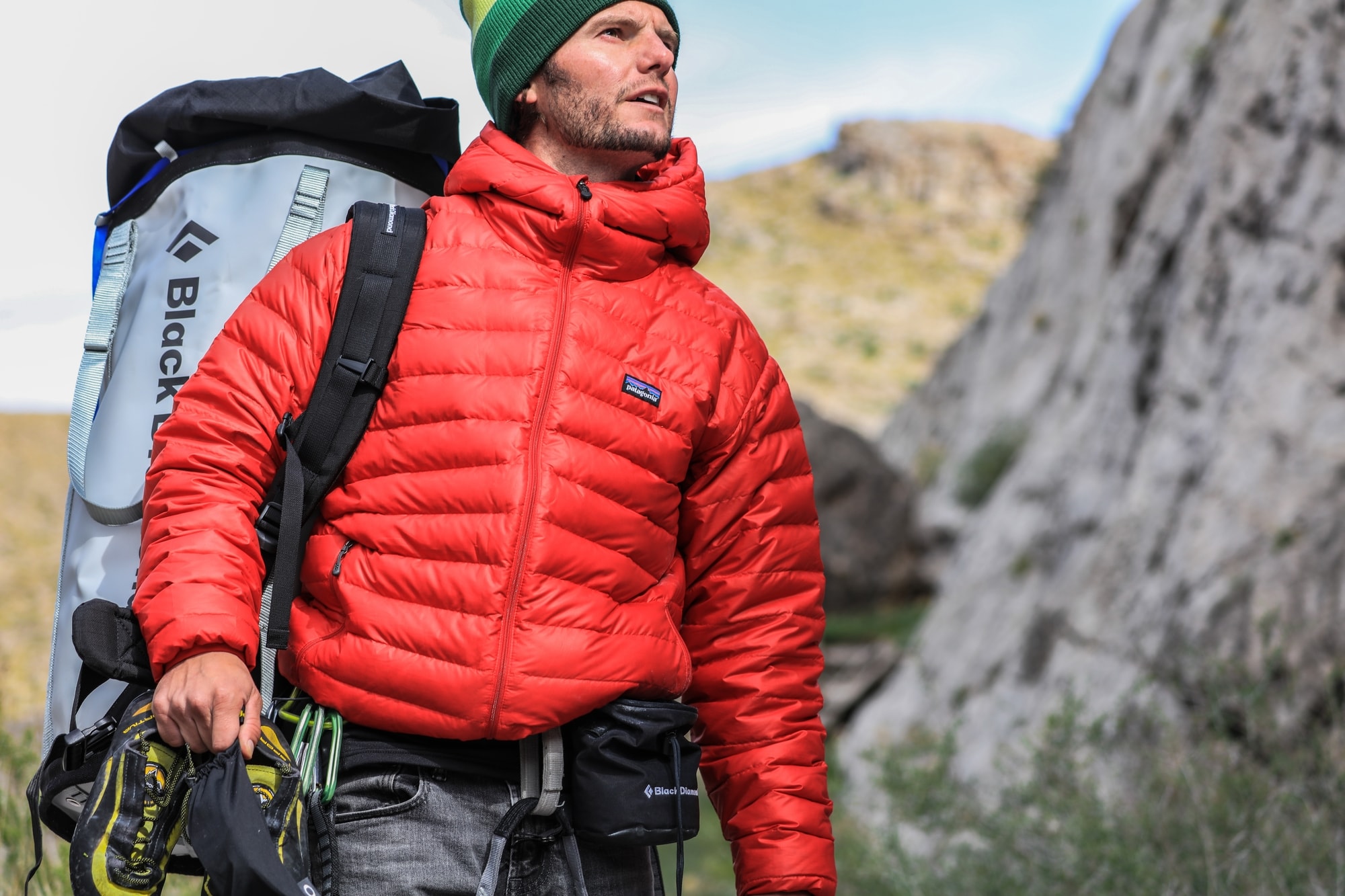At one point or another in our nascent relationship with climbing, we finally reach the empowering moment where we resolve to openly define ourselves as a climber.
We take the plunge. We commit to abandoning the rental shoes, investing in a harness, and perhaps even purchasing our first set of nuts or ‘draws. We watch Free Solo, Valley Uprising, and Meru. We deem ourselves ready to join the climbing tribe.
But in the lead-up to this quinceanera-like progression, many of us fret:
Are we worthy? Are we legit enough? Do we deserve to claim this noble title?
In this internal assessment, a mix of climbing’s history and the illusionary portrayals of life on social media have trained us to compare our merit to the skills of the strongest who surround us, to the “coreness” of dedicated dirtbags we’ve heard tales about, and to the destination tick lists of those with decades under their belt. Like an equation, our status as a climber seems to hinge upon our proximity to achieving these criteria.
Yet for many—if not most of us—reaching these widely celebrated markers may feel like a distant if not completely impossible goal … or, perhaps, an entirely undesirable one.
Does this make us any less of a climber?
Are these really the standards by which we should define membership in our ever-growing community?
On September 9th, I attended Access Fund’s 2017 Climber Advocate Summit in Oakland, graciously co-hosted by the Bay Area Climbers’ Coalition, where I spent the day learning from some of climbing’s leading advocates and stewards … the people working tirelessly, day in and day out to support a prosperous future for our community.
This wide-ranging group included representatives from Access Fund’s conservation teams (the folks you’ve likely seen and hopefully helped clean up crags across the US), local climbing organizations serving climbing areas big and small, founders of organizations like Brothers of Climbing and Brown Girls Climb promoting inclusion and visibility of minorities, professional climbers like Tommy Caldwell, able to use their influence to advocate for our land access at the federal level, and even beginner climbers simply seeking the best way to be involved.
Topics ranged from how to tackle access to lands under the current political climate, sustainable bolt replacement, building thriving local climbing organizations, and how to best welcome our expanding and quickly diversifying community.
… I think each and every one of us cares about at least one of these issues.
But admittedly, advocacy and stewardship aren’t always sexy.
They aren’t first ascents on remote peaks in faraway lands nor the newest, hardest send on planet earth, but they do form the paramount pillars of accountability that make all of that possible.
After the Advocate Summit, I came away with many insights, but certainly, one that stood out was the need for our community to more greatly attribute a commitment to advocacy within the context of how we define what it means to be a climber.
Dare I say it, but what if for a small portion of our time, we all took a break from just sending and summiting (the more selfishly inclined aspects of our sport) to actively contributing to the causes that enable us to pursue what we love most? And, encouraging others to experience it too. Let’s call it a form of positive peer pressure.
Advocacy can and should express itself differently from all us. Being an advocate doesn’t mean you have to go protest at Capitol Hill or lead a local climbing organization.
As Allyson Stronach, Community Director of the Bay Area Climbers Coalition pointed out:
There are ways to support without ever stepping outside.
In the Advocacy 101 workshop we narrowed down a simple way to decipher how to be an advocate:
- Determine your cause
- Decide where you want to work
- Understand your position and justification
- Communicate clearly and powerfully
Maybe for you that means spending a few days out of the year participating in a cleanup at your local or visiting crag, maybe it means writing or calling your legislators, maybe it means joining your local climbing organization (find yours here), or perhaps it simply comes to down to following the principles of The Climber’s Pact and encouraging those around you to do so as well.
Whether you’re an exclusive gym climber, pebble wrestler, limestone-only sport climber, Yosemite trad master, or a regularly featured adventurer in Alpinist, we share an unsaid understanding, connection, and interest to care for one another.
And as our community’s demographics evolve and the popularity of climbing continues to explode (can you even imagine what the climbing gym will look like post-Olympics?!), we all have the opportunity to make accountability a prerequisite for what it means to be a climber.
So next time you’re in the mountains or at the gym ask yourself: I might be a climber, but am I an advocate, too?
Explore More
Related articles you'll loveOur 40+ most popular articles ever
Today’s Best Rock Climbing Gear Deals
200+ rock climbing videos
Commit to Your Fellow Climbers — Sign The Climber’s Pact
Essay: What a Long, Strangely Normalized Trip It’s Been—The Role of Counterculture in Climbing
“I Will Climb, Too” — A Story on Mentorship and Responsible Climbing
The Dirtbag Dream, and How it Nearly Ruined Climbing For Me
The 5 Best Friends to Have at the Crag
Essay: To Suffer Well — An Ode to Grit
Essay: How to Climb When You’re Not Alex Honnold
Will You Be My Trad Guru?: The Importance of Apprenticing in the Gym Climbing Era
Get daily updates by Liking us on Facebook
Free rock climbing PDFs on technique, training, knots, and more








